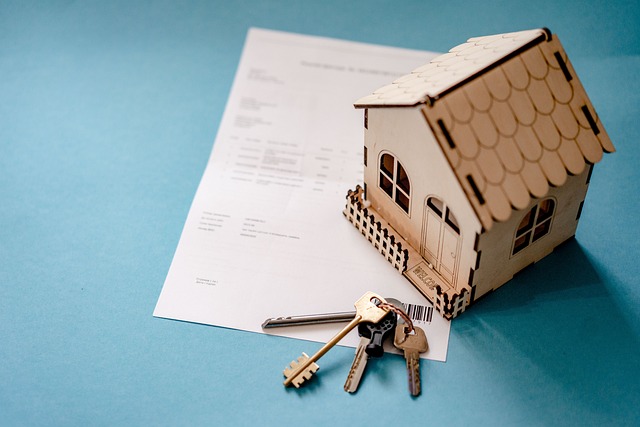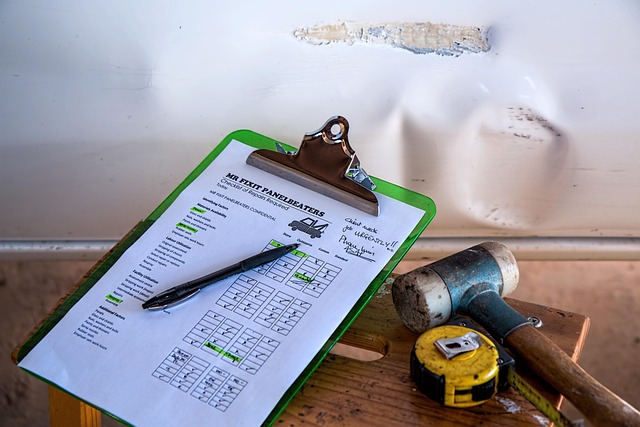Will Your Insurance Cover a Leaky or Damaged Roof?

Strong 8k brings an ultra-HD IPTV experience to your living room and your pocket.
Australia has some of the driest areas in the world, but it also has seasons of pouring rain and cyclonic weather in some parts of the country.
Of late, climate change factors have affected the amount of rainfall, and there has been a moderate increase with some parts experiencing flooding as well.
Weather Impact Claiming For Roof Repairs & Replacements
In the light of these aspects, it is important to understand the impact of weather on structures such as residential and commercial buildings. Intense and continuous exposure to heat and UV rays, heavy downpours and high winds make your roof especially vulnerable to damage.
Frequent changes in temperature that switch from extreme heat to extreme cold, or from wet to dry weather create thermal stress. Winds and heavy storms may lift away roofing materials from the underlying support structures. Gutters and drains get blocked by debris, leading to pooling of water on the roof.
As a result, your roof may suffer various types of stress and degradation. It can shrink, warp, develop cracks, tiles and shingles may break or get blown away, metal parts such as fascias and gutters may rust. Pests and vermin may breed in the gaps and cracks, or the roof may become a breeding ground for fungi, mold and algae. During a heavy thunderstorm, trees may get uprooted, or tree branches may fall on the building, damaging the roof.
Home Insurance Coverage To Get Your Roof Fixed: An Overview
The smartest way to guard yourself against the high expenses of repairing, restoring or replacing a damaged roof is to invest in the right kind of home insurance. Safety of the occupants of the building and its contents is top priority when roof damage occurs. In such situations, when the damage is extensive and the risk is very high, you may have to move out of your home while repairs or replacement works are done.
In general, home insurance covers the costs of repairs or replacement when the roof has been damaged by a natural event. However, there could be several exclusions and it is important to read the fine print on your policy before you sign up.
Confirm whether your home is located in a disaster prone area. In such a case, your insurance would best be in the category of total insurance coverage. Though you may pay a slightly higher premium for this coverage, it’s worth it in the long run.
Home insurance covers damage caused by lightning, cyclones, strong winds, hail, rain and snow. It also covers damage caused by fire and floods.
You can get quotes from different insurers, compare the coverage and premiums and then make your decision. Get in touch with Eastern Roofing for more information.
Roof Replacement Or Fix Existing Roof: Insurance Coverage
You may notice signs of damage in your roof either immediately after a weather event, or the damage could occur over the course of time.
Whether the damage is severe or minor, it is important to attend to it immediately. Failing to do so can increase the damage and risk and also lead to higher expenses at a later stage.
The first step is to read your policy in detail. This will help you to understand what types of damage are covered. Knowing the details of your insurance coverage helps you to make more informed decisions, and also to understand the limitations of your policy.
Unintended damage such as that which happened due to a storm or very high temperatures is usually covered. Weather events, theft, vandalism, bushfires, storms, and falling trees are events that could not have been predicted or prevented. Most policies will cover these.
However, there may be exclusions based on the type of material used, the age of the roof, and whether regular maintenance was done.
Your policy may be tailored to your own unique circumstances, and it’s wise to connect with your insurers directly to understand the nature and extent of coverage.
What’s Excluded
Items that are commonly not covered include poor maintenance, general wear and tear due to aging, deliberate damage, or if any other construction work going on caused the damage.
If your roof is older than two decades, made of materials that degrade over time, or if you haven’t maintained the roof, gutters and fastenings well, your insurance coverage may be limited.
As a building owner, it is your responsibility to maintain your roof and attend to routine maintenance tasks such as unclogging pipes and gutters, or replacing damaged tiles immediately. In case there was some damage that existed prior to your taking the policy, this will be excluded.
If your roof was constructed from poor quality materials, or has suffered normal aging, any leaks or damage will not be covered by your insurance.
Some insurers may not cover a property that’s left unoccupied for an extended length of time, and consequent roof damage because of this. If any illegal activities have taken place inside the building causing damage to the roof, your insurance policy may exclude this from coverage. Cosmetic renovation or replacement for aesthetic reasons may not be covered.
All these issues will be documented in detail in your insurance policy, so it is very important to read it thoroughly and clarify your doubts before you sign up.
How To Claim For Roof Leaks Or Structural Roofing Damage
Even the most experienced of building owners may find it challenging to understand the nuances of insurance coverage. Apart from the exclusions, coverage issues could be in the realm of documentation.
The insurance company designates inspectors to independently assess the damage. These persons may not find evidence of the kind of issues covered by your policy. Insufficient documentation such as photos, or incomplete documentation can affect the claims process. If you filed your claim late, it could affect the pay-out.
It is crucial to connect with your insurance company as soon as possible. This helps you to give clear evidence about the cause of damage.
The insurance company sends out an inspector who will evaluate the damage and gather evidence about the circumstances under which the problem occurred.
Once they file their report, you will get a response from the insurance company about the amount of coverage that they will provide. In some cases you may have to pay for a part of the work from your own pocket. This depends on the items that have been included or excluded.
Your policy will document the extent and limits of maximum coverage for any category of damage.
The insurers will also recommend a repair or restoration company to work on your roof.
You may have a doubt about whether to file a claim or not. If the leaks or damage are minor and caused by regular aging or wear and tear, it is not worth filing an insurance claim. Your insurance agent can advise you about the feasibility of filing a claim, so connect with them before you undertake repairs.
Note: IndiBlogHub features both user-submitted and editorial content. We do not verify third-party contributions. Read our Disclaimer and Privacy Policyfor details.







